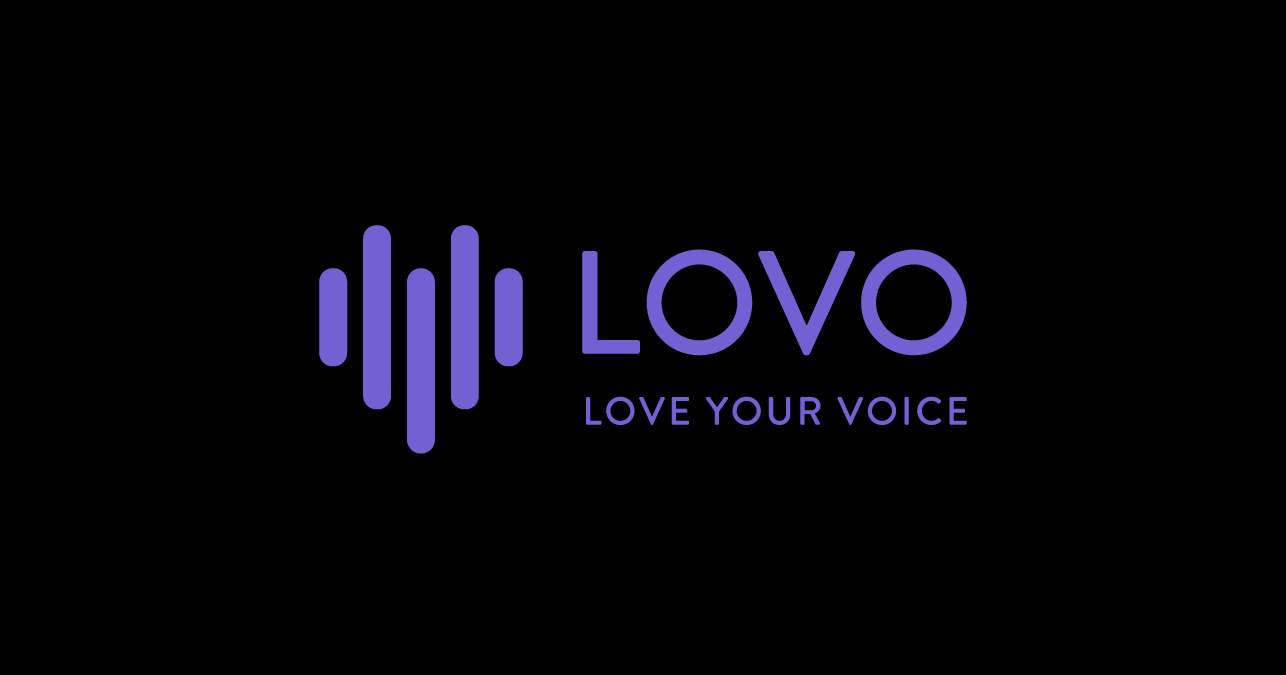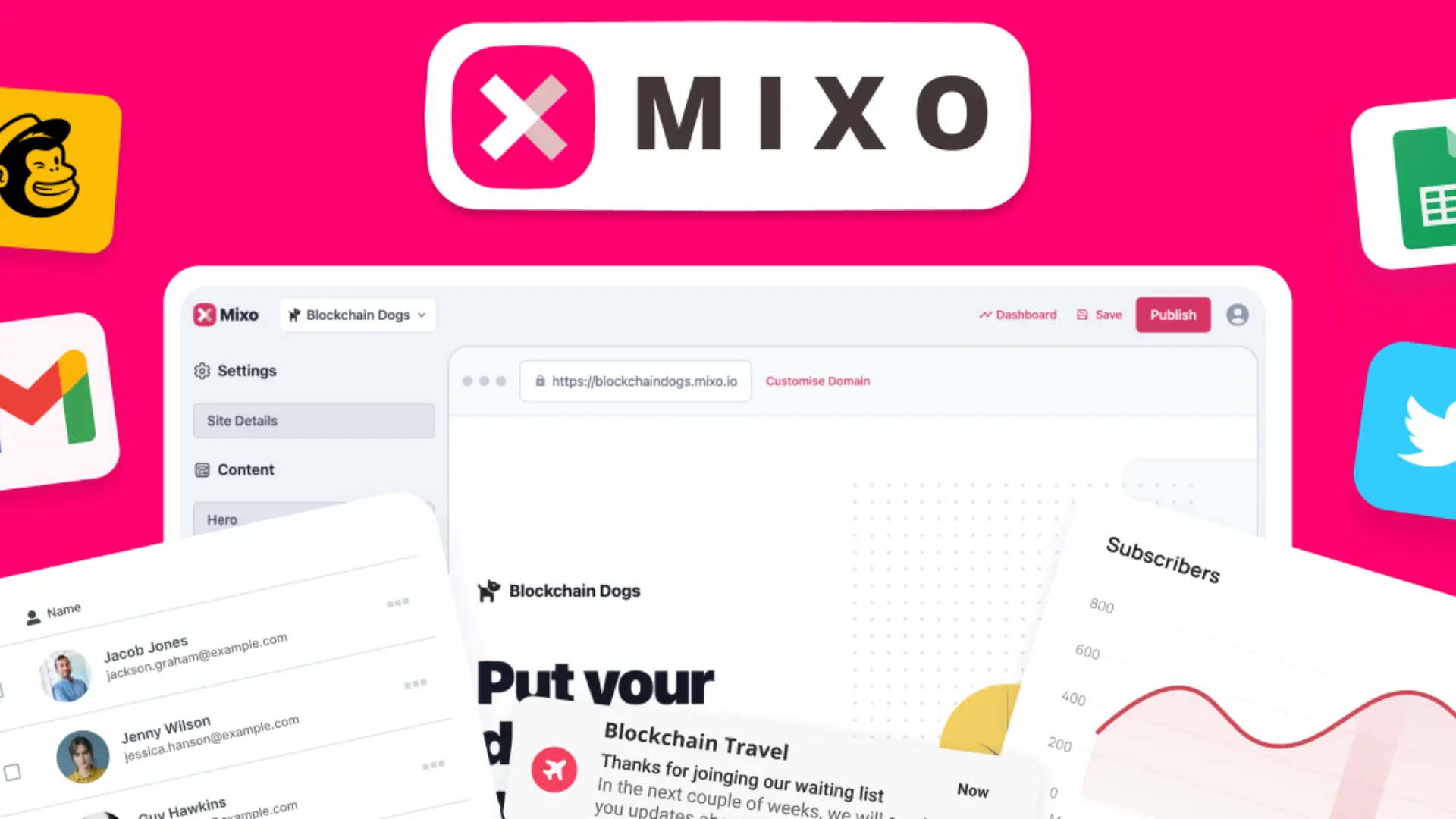One of the best-kept secrets to filling up your sales funnel is to leverage Brand Storytelling Psychology. This is a powerful approach that taps into human emotions and cognitive processes to engage, inspire, and influence people.
Emotionally resonant stories attract prospects' attention and make your brand more desirable. By understanding your target audience and employing visuals, you can create relatable narratives that foster trust. Brand storytelling plays a pivotal role in guiding prospects toward making the decision to hire your services, solidifying your position as the brand of choice in their minds.
What is Brand Storytelling Psychology?
Brand Storytelling Psychology is a strategic approach that combines the power of storytelling with insights from psychology to engage and influence consumers on a deeper emotional level.
Your brand story is critical to your marketing, and will come in handy when you seek out a photography studio or a Video production company to create your content.
It recognizes that human decision-making is heavily influenced by emotions, experiences, and cognitive processes. By integrating these psychological principles into your storytelling, marketers can create narratives that resonate with their target audience, leading to increased brand loyalty, positive brand associations, and higher customer engagement.
At its core, Brand Storytelling Psychology involves understanding the fundamental psychological techniques that make stories compelling and impactful. It taps into elements such as empathy, relatability, and cognitive processing to make the brand's message more memorable and persuasive.
Here are the main components of Brand Storytelling Psychology.
- Emotional Resonance:
Humans are inherently emotional beings, and emotions play a significant role in decision-making. Brand storytelling psychology leverages emotions to create authentic connections with consumers. By eliciting feelings such as joy, nostalgia, inspiration, or empathy, brands can leave a lasting impact on their audience.
- Cognitive Engagement:
A compelling story activates the audience's imagination, inviting them to be part of the narrative. When people become emotionally invested in a story, their brains process the information more deeply and retain it better. This cognitive engagement not only enhances brand recall but also increases the chances of customers acting upon the brand's message.
- Authenticity and Trust:
In a world saturated with advertising messages, consumers have become adept at spotting inauthentic marketing. Brand storytelling psychology emphasizes the importance of authenticity in storytelling. When brands share genuine stories that align with their values and demonstrate transparency, they build trust with their audience.
- Understanding the Target Audience:
Successful brand storytelling requires a deep understanding of the target audience's aspirations, values, and pain points. By tailoring stories that resonate with the audience's lived experiences, brands can establish an emotional connection and become relatable to their customers.
- The Power of Visualization:
Visual storytelling is a critical aspect of brand storytelling psychology. Incorporating compelling visuals, whether through images, videos, or infographics, enhances the emotional impact of the narrative, making it more memorable and shareable.
- Narrative Arc and Brand Archetypes:
The art of storytelling lies in crafting narratives with a well-defined structure. Brands often adopt specific archetypes, such as the hero, the mentor, or the underdog, to create compelling storylines. The narrative arc, with its rising action, climax, and resolution, keeps the audience engaged until the end.
Attract New Leads with Brand Storytelling
At the top of the sales funnel, your objective is to capture the attention of new leads. Brand storytelling can help you achieve this by leveraging emotional resonance.
Craft stories that evoke joy, empathy, or inspiration to create an authentic connection with your audience. By appealing to their emotions, prospects are more likely to remember your brand and engage with your content.
Airbnb's "Belong Anywhere" campaign uses storytelling to evoke a sense of belonging and adventure. Their ads feature diverse travelers experiencing unique stays, showcasing how Airbnb connects people with the world and each other. This emotionally compelling narrative has successfully attracted new clients and contributed to the company's global success.
Understand Your Target Audience:
To attract new clients effectively, you must understand their needs and aspirations. Brand storytelling allows you to tailor your narratives to be relatable and relevant to your audience.
Conduct thorough research to gain insights into your target market's preferences, pain points, and desires, enabling you to craft stories that resonate with them.
Nike's brand storytelling revolves around inspiring athletes and empowering individuals to push their limits. Their "Dream Crazier" campaign celebrated women in sports, encouraging viewers to challenge societal norms. By understanding their female audience's desire for empowerment, Nike attracted new clients who shared their values and aspirations.
Build Trust with Brand Storytelling
As prospects move further down the sales funnel, building trust becomes paramount. Authenticity is the cornerstone of trust-building brand storytelling. Share genuine stories about your brand's values, mission, and journey to foster transparency and demonstrate your commitment to honesty.
Dove's "Real Beauty" campaign challenges conventional beauty standards and promotes body positivity. By embracing real women in their advertisements and promoting self-acceptance, Dove built a strong sense of authenticity and trust. This storytelling approach has garnered support from its audience and established Dove as a brand that genuinely cares about its customers.
Authenticity is the currency of brand storytelling psychology. In an era of skepticism and information overload, consumers seek genuine connections with brands they can trust. By sharing authentic stories, brands can humanize their image and build credibility with their audience.
Patagonia, the outdoor clothing company, is a prime example of a brand that embraces authenticity. Their brand story revolves around a commitment to environmental sustainability and responsible manufacturing. Through their "Worn Wear" campaign, which encourages customers to repair and recycle their clothing, Patagonia reinforces its values and gains the trust of environmentally conscious consumers. That’s great niche marketing!
Consider ways that you can use your brand story to connect with a specific target demographic.
Brand Storytelling in Promotional Videos
Brand storytelling is a powerful tool in promotional videos that go beyond simply showcasing products or services. It creates a connection with the audience by weaving a narrative that resonates on a human level.
Through storytelling, brands can evoke emotions, convey their values, and establish a unique identity in the minds of consumers. When done effectively, it engages viewers, making them more likely to remember and relate to the brand.
This emotional connection fosters loyalty and trust, ultimately driving customer engagement and conversions. Make sure your promotional video is predicated on a powerful brand story.
Close Business with Brand Storytelling
At the bottom of the sales funnel, the objective is to close business and foster lasting relationships with clients. Brand storytelling plays a crucial role in influencing their decision to hire you. Having engaged with your stories throughout the sales journey, prospects have developed an emotional connection with your brand.
Customer Testimonials and Case Studies:
Incorporating customer testimonials and case studies in your brand storytelling provides social proof of your brand's credibility and reliability. Authentic success stories from satisfied customers build confidence in your offerings.
Slack's website features an entire section dedicated to customer stories, highlighting how their platform has revolutionized team communication for various organizations. These testimonials offer real-world examples of how Slack's product delivers tangible benefits, establishing trust and reliability in the minds of potential clients.
Address Client Pain Points:
Throughout the storytelling journey, you have demonstrated a keen understanding of your target audience's pain points. Prospects feel that you genuinely empathize with their challenges and have the solutions they need. This reassurance can lead them to choose your brand over competitors.
Call To Action:
Brand storytelling culminates in a clear call to action. As prospects have engaged with your narratives and built trust in your brand, a compelling call to action can prompt them to take the next step and make a purchase or hire your services.
Brand Storytelling In Animation Explainer Videos
One great medium to do this is through animation. A compelling animation explainer video done well, can really strike the hearts of your most ideal client, and make working with you a no-brainer for them.
Consider what type of animation is best for your brand. It could be a 3D product video if your brand is more product-focused. Or if your brand is more technical (such as a SAAS offering), a 2D animation explainer video would be best suited.
Conclusion
Brand storytelling is a powerful and versatile tool that can effectively move prospects through each stage of the sales funnel. By crafting emotionally resonant narratives, understanding your audience, incorporating visuals, and sharing authentic stories, you can attract new clients, build trust, and ultimately close business with ease.
As you embark on your brand storytelling journey, remember to align your narratives with your brand's values and goals while ensuring your content addresses your audience's needs and aspirations. Through strategic brand storytelling, you can create a compelling brand identity that leaves a lasting impression on your clients, setting the stage for long-term success in the competitive marketplace.

Anthony Madani
Anthony is the CEO of UpMedia Video. During his 18 year career, his work has been featured on platforms like Netflix and HBO, and includes work for large corporations across North America.








Related Posts
How To Find Your Most Ideal Target Audience
Jan 09, 2024
Beyond Words: Visual Storytelling Examples to Boost Your Digital Marketing
Sep 20, 2023
How To Set Up A New Facebook Ads Campaign (The Right Way)
Dec 19, 2022